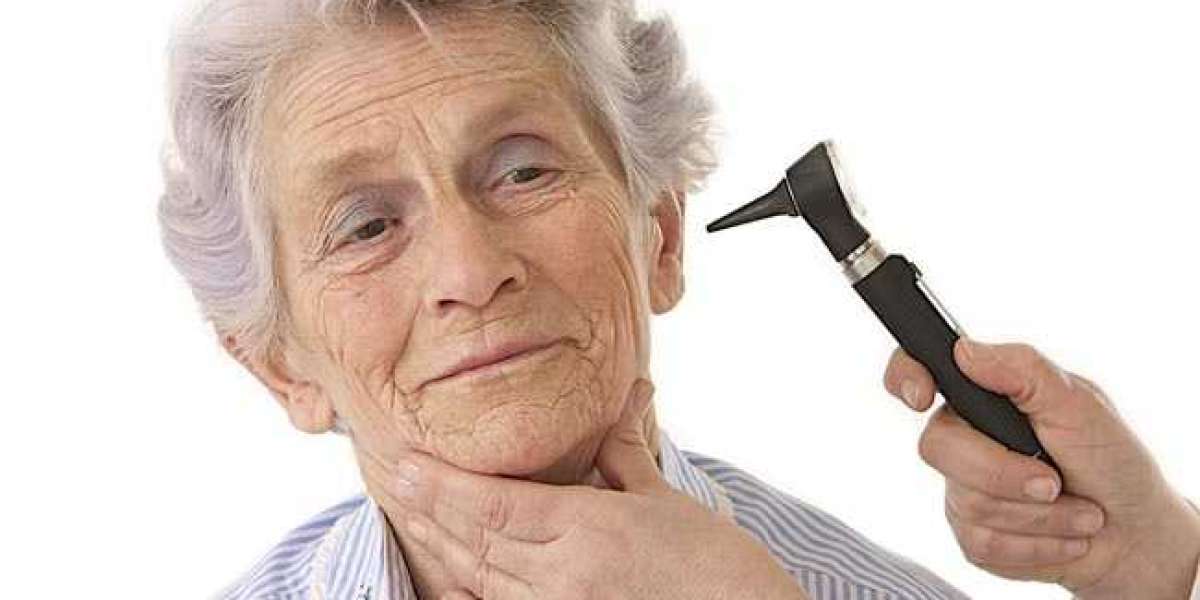Unfortunately, hearing loss is a prevalent occurrence in the elderly population. A recent study by the National Institute on Deafness and Other Communication Disorders (NIDCD) found that one in every three persons between the ages of 65 and 74 had hearing loss, while nearly half of people over the age of 75 have difficulties hearing. Hearing difficulties can manifest themselves suddenly or gradually develop over time, and they can be either transient or permanent depending on the underlying reason. Excess earwax is one of the many causes of progressive and frequently reversible hearing loss that is neglected from time to time.
What Exactly Is Earwax?
A waxy oil called cerumen is produced by the body to protect the ears from infection. This sticky material, which works in conjunction with the hairs that line the ear canal, helps trap dust, germs, and other foreign particles, preventing them from migrating deep into the ear and causing damage to the eardrum, middle ear, and inner ear. Additionally, earwax serves to prevent the sensitive skin of the ear canal from getting damaged by water while participating in activities such as bathing and swimming.
Accumulation of Earwax
Ear wax normally makes its way to the aperture of the ear, where it either falls out or is washed away by the body's natural processes. Some people, however, have glands in their ear canals that create an excessive amount of wax that cannot be easily removed. This extra earwax may solidify in the ear canal, resulting in a blockage of the ear canal. Traditional "cleaning procedures," such as placing cotton swabs in the ear canal, can contribute to blockages by pushing wax further into the ear canal, which can cause more blockages.
One of the most prevalent causes of hearing loss is a wax buildup in the ear canal. Among the signs and symptoms of excessive earwax accumulation are:
Earache Fullness in the ear or the sense that the ear is blocked is both symptoms of earache.
Noises in the ear such as ringing and buzzing are common (tinnitus)
Partially deafening hearing loss that may worsen with time
Dizziness
When Should You Seek Medical Attention?
It is impossible to detect an earwax obstruction solely by glancing at the exterior area of the ear canal. Therefore, a doctor must inspect a senior's ear canal using an otoscope to identify if a blockage is present and to rule out other possible causes of symptoms such as hearing loss, such as an infection. In moderate situations, a primary care physician will be able to examine the interior of the ear and make recommendations regarding treatment options and procedures. The doctor who specializes in treating problems of the ears, nose, and throat may be required to see you if your condition is severe (otolaryngologist).
A doctor may recommend repeated ear canal irrigation, suction of the ear canal, or the use of a curette (a tiny, curved device) to scoop up the wax if the blockage is especially severe.
Treatments for Earwax Buildup that may be done at home
Earwax removal tools and procedures as well as home treatments to avoid wax accumulation might be recommended by a physician if blockages are a persistent concern. For the most part, ear, nose, and throat experts advise utilizing light therapies such as mineral oil, baby oil, glycerin, hydrogen peroxide or over-the-counter ear drops to soften earwax before doing irrigation.
Irrigation is the process of flushing out the ear canal with water that is body temperature. (It is important to note that using cooler or warmer water may produce transient but severe dizziness or vertigo, so use caution.) Straighten the ear canal while keeping your head erect by grasping the auricle (the outside portion of the ear) and gently tugging it upward.
Using a syringe, direct a little jet of water onto the ear canal wall near the wax plug to remove the wax plug completely. Allow the water to drain by tilting your head back. It is possible that irrigation will need to be performed multiple times before it is successful. After the wax has been removed, the ear should be completely dried. To assist get rid of any lingering moisture, you can put a few drops of alcohol in your ear or use a hairdryer set on the lowest setting.
Treatments to Stay Away From
It is not encouraged to use alternative medicine therapies such as candle burning. Using candling to remove earwax obstructions is inefficient, and the technique can result in burns, increased ear canal congestion, and even rupture of the eardrum, among other side effects.
Because the power of the stream may cause damage to the eardrum, it is not recommended to use a jet irrigator designed for cleaning teeth (such as a WaterPik) on the ear canal. Never try to remove hardened ear wax with harsh objects such as tweezers or a paperclip, as this can cause injury. This can result in substantial damage to the ear canal and even piercing of the eardrum in some cases.
When a senior has a ruptured eardrum, it is never a good idea to utilize ear wax removal techniques. Hearing loss and fluid leakage are among the signs and symptoms of a ruptured eardrum. Ear infection or acoustic damage can result from self-treating earwax accumulation when there is a hole in the eardrum, therefore be cautious when doing so.


